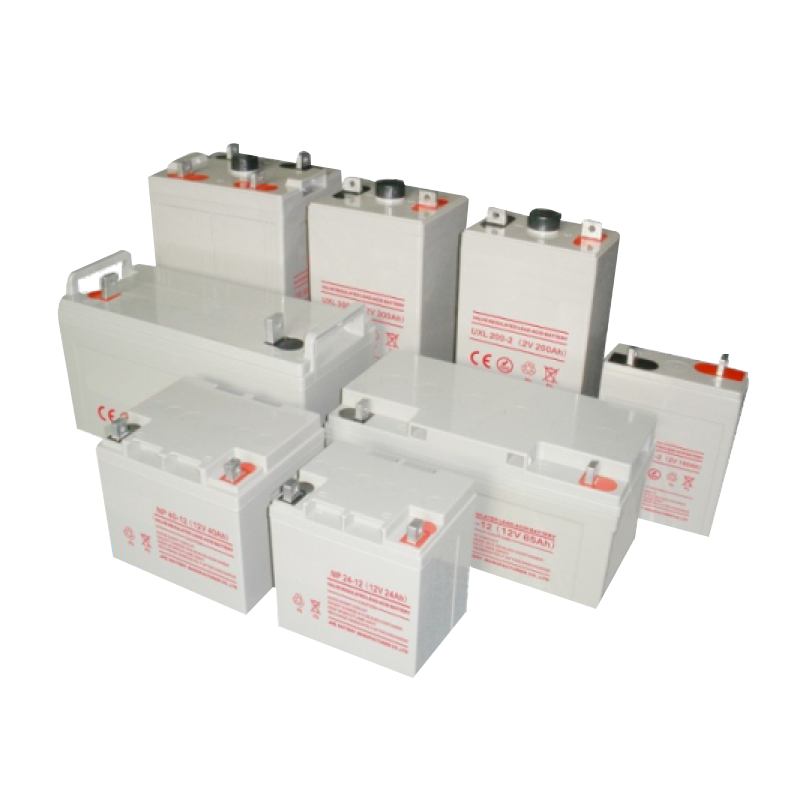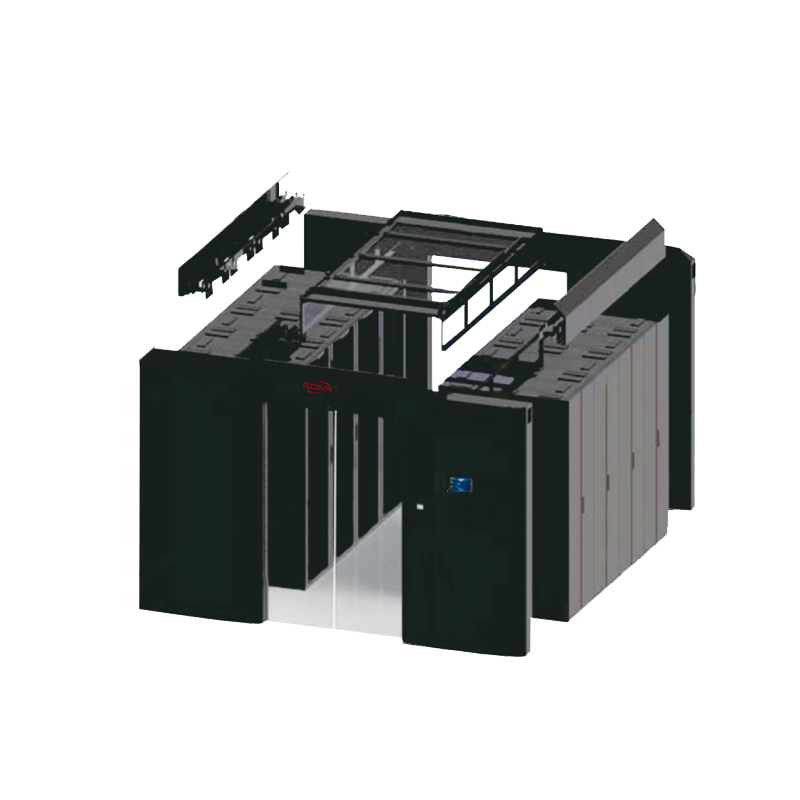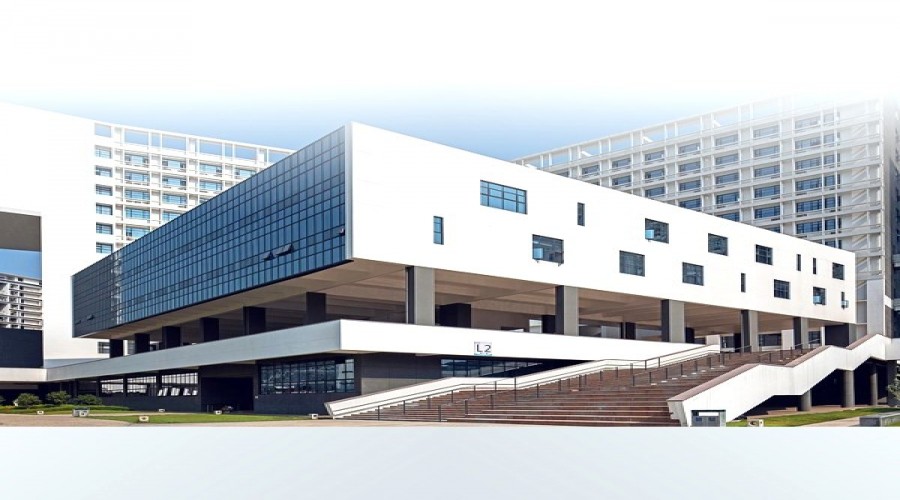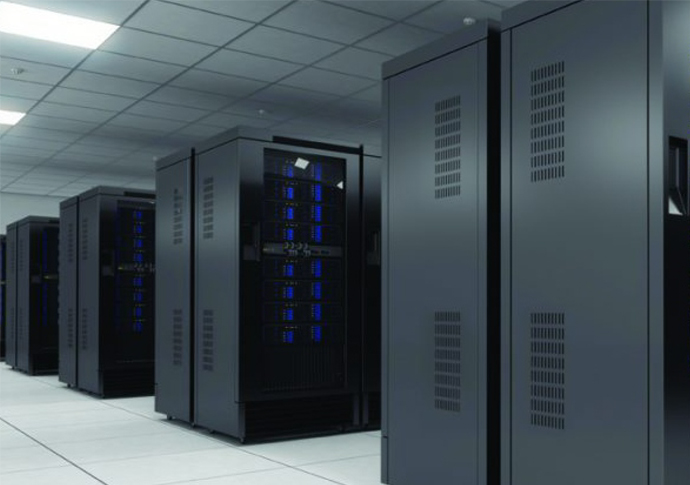 Language
LanguageUPS power supply, also known as uninterruptible power supply, is a device that can provide continuous and stable electricity in the event of power supply interruption. High frequency UPS power supply refers to a UPS power supply that uses high-frequency switching technology, and its operating frequency is usually between tens of kilohertz and hundreds of kilohertz. High frequency UPS power supplies are widely used in data centers, medical equipment, industrial automation, and other fields due to their advantages of high efficiency, stability, and energy conservation. In the customization process of high-frequency UPS power supply, the selection and design of its main components are crucial.
1、 Rectifier
Rectifier is one of the key components of high-frequency UPS power supply, whose main function is to convert the input AC power into DC power. A rectifier usually consists of multiple diodes or transistors, which convert the positive and negative half cycles of alternating current into direct current through alternating conduction and cutoff. In the customization of high-frequency UPS power supply, the selection of rectifier needs to consider factors such as input voltage range, current size, conversion efficiency, etc., to ensure that the rectifier can work stably and reliably.
2、 Inverter
Inverter is the core component of high-frequency UPS power supply, which converts DC power back to AC power and outputs it to the load for use. Inverters typically use high-frequency switching technology to convert electrical energy through high-speed switching transistors. In the customization of high-frequency UPS power supply, the design of the inverter needs to consider factors such as output voltage stability, waveform distortion, efficiency, etc., to ensure that the output AC power can meet the requirements of the load.
3、 Battery
The battery is a backup energy source for high-frequency UPS power supply. When the mains power is interrupted, the battery can provide electrical energy to the UPS power supply to ensure continuous power supply to the load. The selection of batteries needs to consider factors such as their capacity, discharge rate, and cycle life to ensure that they can provide sufficient electrical energy in the event of a power outage. At the same time, the maintenance and management of batteries are also very important, requiring regular charging, discharging, balancing and other operations to ensure their performance and service life.
4、 Filter
Filters are important components in high-frequency UPS power supplies, used to filter out harmonics and interference signals in input and output currents, ensuring the purity and stability of electrical energy. The design of filters needs to consider factors such as filtering effectiveness, loss, and voltage resistance to ensure that the input and output power quality meets the requirements.
5、 Monitoring and Control System
The monitoring and control system is the intelligent part of the high-frequency UPS power supply, responsible for monitoring the working status, load situation, battery status, etc. of the UPS power supply, and conducting corresponding control and management according to the actual situation. The design and implementation of monitoring and control systems need to consider factors such as accuracy, reliability, and real-time performance to ensure the safe and stable operation of UPS power supply.
6、 Shell and cooling system
The shell and cooling system are auxiliary components of high-frequency UPS power supply, responsible for protecting internal circuits and components, and providing a good cooling environment. The selection of the casing needs to consider factors such as its protection level and corrosion resistance to ensure that the UPS power supply can operate normally in harsh environments. The design of the cooling system needs to consider factors such as the heat generation and cooling efficiency of the UPS power supply to ensure that it can maintain a lower operating temperature, thereby improving its stability and reliability.
In summary, the customization of high-frequency UPS power supply involves the selection and design of multiple main components, each of which plays an important role. In the customization process, it is necessary to comprehensively consider the performance and characteristics of each component based on actual application needs and scenarios, to ensure that the final high-frequency UPS power supply can meet the needs and expectations of users. At the same time, maintenance and management of various components are also very important, requiring regular inspections, repairs, and replacements to ensure the long-term stable operation of high-frequency UPS power supply.







































































